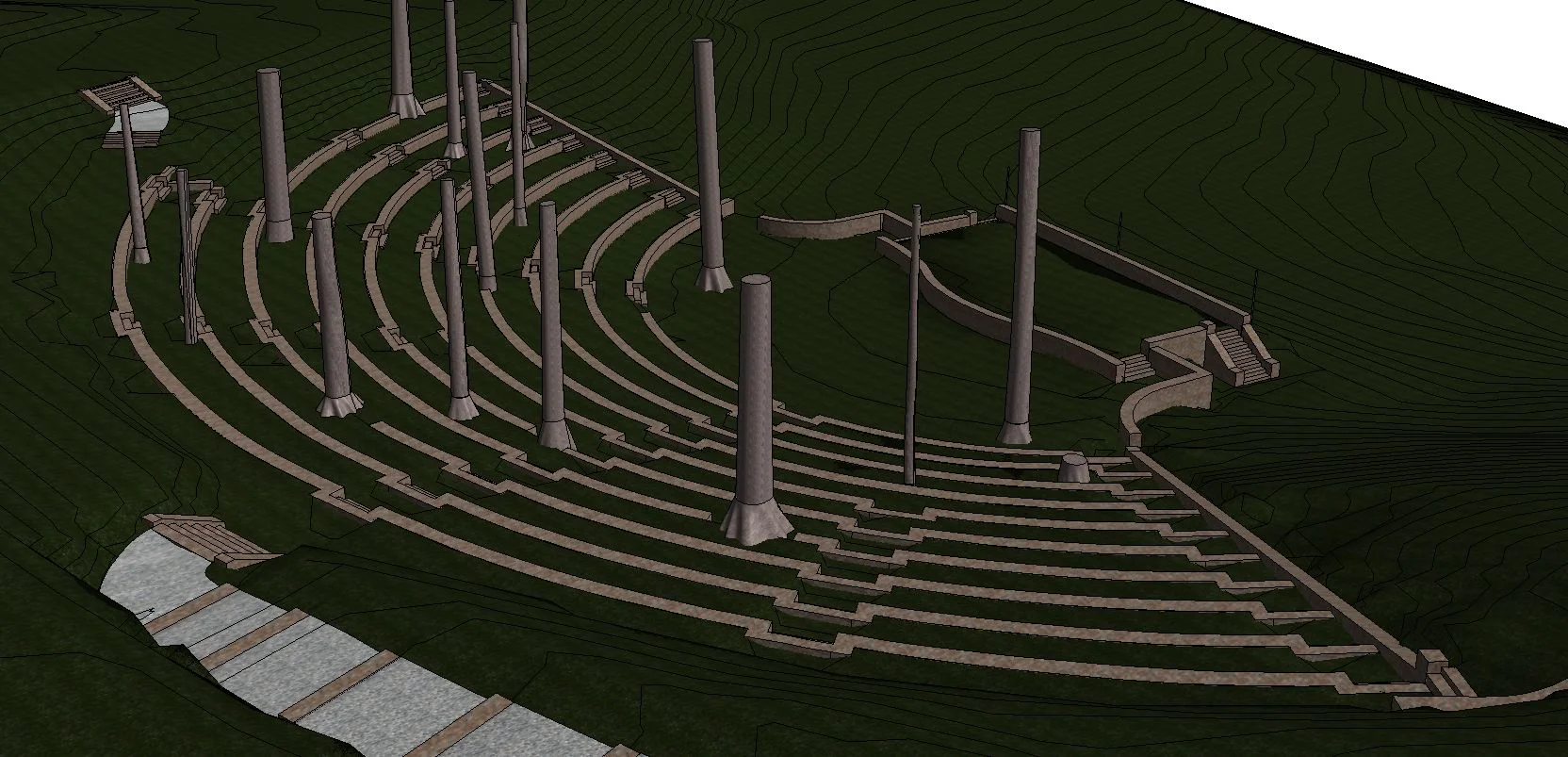High-Definition Laser Scanning to Measure Floor Flatness
/Getting to the Bottom of It
Experienced building teams from construction supervisors to developers and managers - all know well the impact that floor flatness can have on timeline and long-term utility of a facility. Exact flatness in concrete floors is essential for efficient facility functioning, maximum floor tolerance, maintaining operations, and successful architectural design.
Down to minute measurements, just 1/16th of an inch, floors that are not exceptionally flat can cause major disruptions to existing facilities, or even halt construction of new ones. Although rarely noticeable to an untrained eye, the impacts of a floor that is not flat are impossible to ignore.
For industrial facilities- machinery and vertical storage all require precise floor flatness. Lack thereof can increase chance of injury, loss of product, and damage to large equipment.
For buildings being rehabilitated or revitalized - settled concrete can cause a severe disruption to the future utility.
High definition laser scanning offers the best precision, efficiency, and accuracy to the process of measuring floor flatness. With speed unlike manual measurement, and detailed collection including millions of points - digital scans identify and distinguish exactly where floors stand- competitively outshining other tactics.
Increasing Precision, Accuracy and Efficiency
It wasn’t long ago that technicians would lay a 10-foot straightedge on a finished floor, identifying gaps and using these to calculate flatness. More recently, crews are deployed to walk slabs of concrete, take a variety of measurements, and generate a resulting calculation. These methods not only leave great room for human error, but also require extensive manual labor and time requirements.
Utilizing high-definition laser scanning to measure floor flatness dramatically increases the three core areas of concern: precision, efficiency, and accuracy. Too often, building teams are forced to accept that accurate, precise results mean extended timelines. But with laser scanning, neither time nor accuracy must be sacrificed.
Here’s how it works:
Our survey and data collection technicians deploy cutting-edge scanners to the construction site.
In only a few minutes, the floor space is scanned, collecting millions of single data points that together form a digital rendition of the space at precise measurements.
This is repeated a number of times, each time utilizing the same control or benchmark within the space - increasing accuracy of each collection point.
The scans are transferred to digital format, creating a 3D point cloud- all of the multiple scans, millions and millions of individual data points, layered on top of one another, and anchored by the control.
Digital scans of the space offer elevation information- clearly highlighting the floor’s flatness. We are also able to take these precise measurements and calculate a F-Score just as manual labor did in the past.
21st century facilities shouldn’t be built with last century tactics. By collecting millions of points in minimal periods of time, laser scanning outshines manual labor and calculations. We’ve decreased the chance of human error and decreased the amount of time it takes to collect your information - getting you what you need in a better way, a faster way, and a more effective way.
Looking to talk more about using scanning to measure floor flatness? Our Survey team would be happy to help. Send us an email at information@ssmgroup.com
Read more about Survey and Data Capture.













